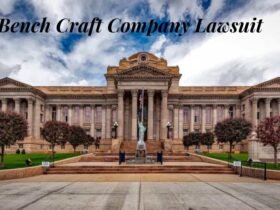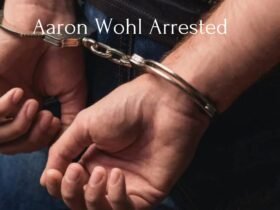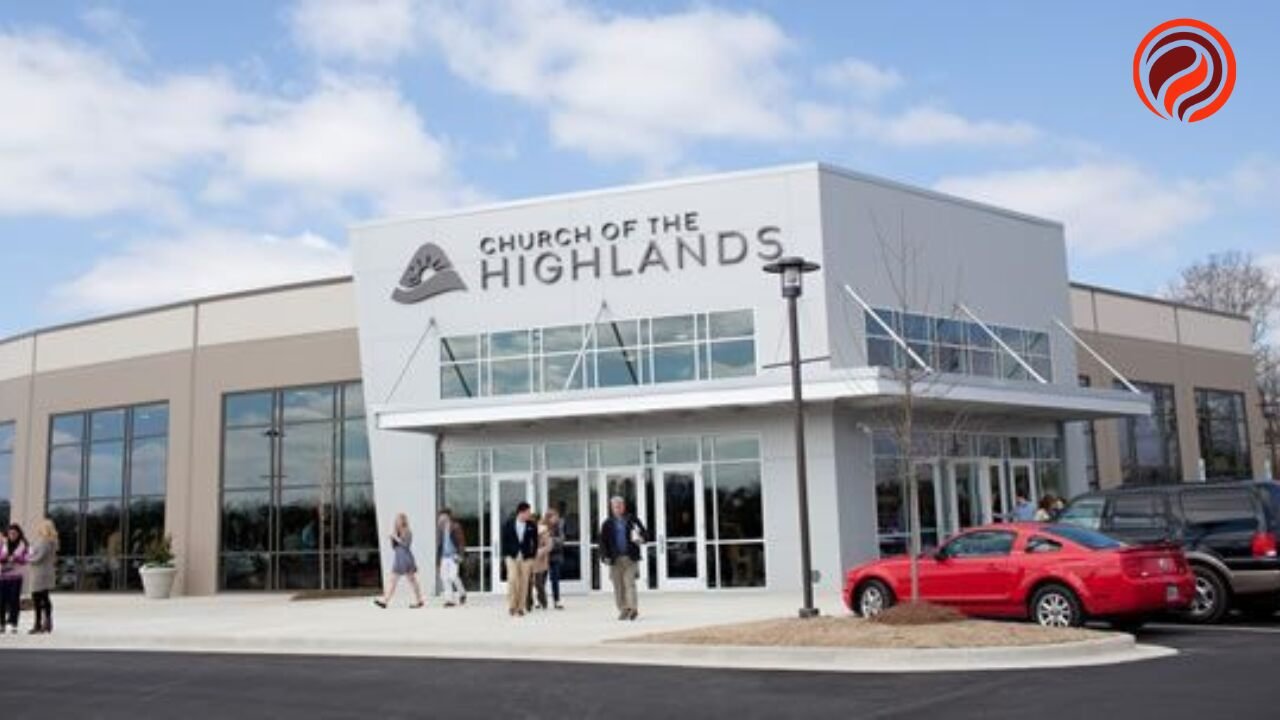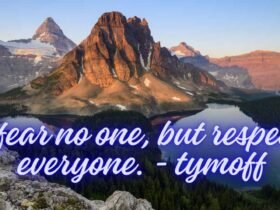In the heart of Alabama, the Church of the Highlands has stood as a beacon of faith and community service since its establishment in 2001. Founded by Pastor Chris Hodges, the Church quickly became one of the largest megachurches in the United States, attracting thousands of worshippers across its multiple campuses. While the Church is renowned for its extensive community outreach and spiritual guidance, it has not been without controversy. This article explores the complexities and controversies surrounding the Church of the Highlands, shedding light on the hidden truths behind its expansive facade.
A Rapid Ascent
The Church of the Highlands’ rapid growth is a story of strategic planning and deep community engagement. From a modest beginning, the Church expanded to numerous campuses across Alabama, offering worship meetings, community groups, and faith-based recovery programs. The Church’s approach, which emphasizes practical spirituality and broad inclusiveness, has attracted a diverse congregation. However, this expansion has yet to be without scrutiny, as the scale of operations has led to questions about governance and financial transparency.
Financial Questions
One of the most significant concerns involves the Church’s financial handling. With a multimillion-dollar budget, the Church of the Highlands maintains a level of financial clout that is impressive yet, for some, worrying. Critics have called for greater transparency in how funds are allocated, particularly concerning the compensation of its senior leaders and the funding of its numerous campus facilities. While the Church publishes annual reports, the depth of financial detail provided has been a point of contention for some community members and watchdog organizations.
Leadership Practices
At the center of the Church’s successes and controversies is its founder and senior pastor, Chris Hodges. His leadership style combines charismatic preaching with a focus on life coaching, appealing to a broad audience. However, his connections with political figures and other influential leaders have sometimes blurred the lines between Church and state, raising concerns about the Church’s involvement in political affairs.
Community Impact
The Church of the Highlands has been a pillar in local community service, providing support ranging from health services to educational programs. Its outreach programs are often cited as transformative, significantly impacting public health and well-being in its areas of operation. Nonetheless, its decision in 2020 to lease public school facilities for worship services sparked a debate over the separation of Church and state, highlighting the Church’s expansive influence in public spheres.
Diverse Reactions
The Church’s handling of racial and social issues has also been a point of debate. In 2020, Pastor Hodges liked social media posts of a controversial nature, which led to a backlash from parts of the community and strained relationships with local groups. The Church responded with dialogues on racial reconciliation, yet some critics argue that these efforts have been insufficient and call for more substantial actions toward inclusivity.
Legal and Ethical Considerations
Legally, the Church of the Highlands has operated without major fault. Still, the ethical questions surrounding its governance, financial practices, and social influence continue to provoke discussion. The Church has faced no significant legal challenges to date. Yet, it remains under the watchful eye of supporters and critics who are vigilant about potential ethical lapses.
Looking Ahead
As the Church of the Highlands continues to navigate its path between spiritual leadership and social influence, it faces ongoing challenges and scrutiny. The Church’s future will likely be shaped by how it addresses these controversies and adapts to an ever-evolving cultural and political landscape.
Rapid Growth and Its Challenges
The Church of the Highlands’ rapid expansion is a testament to its appeal and a source of logistical and ethical challenges. As the Church grew, so did its infrastructure, with new campuses sprouting across Alabama. This growth strategy enabled it to reach a broader audience and necessitated a complex organizational structure. Managing such a vast entity requires significant oversight, and the Church has occasionally been critiqued for a perceived lack of accountability in its administrative ranks. Concerns like these underline the difficulties of scaling any large organization but are particularly pronounced in a religious institution where community trust is paramount.
The Theological Footprint
Theologically, the Church of the Highlands aligns with mainstream evangelical beliefs, focusing on the authority of the Bible and the importance of a personal relationship with Jesus Christ. However, its approach to teaching and its practical application of biblical principles sometimes spark debate among more traditional and conservative Christian groups. While popular, the Church’s embrace of modern technology and culture in its services, including contemporary music and multimedia, occasionally raises questions about the balance between tradition and modernization in evangelical worship.
Community Services and Outreach
Beyond its spiritual teachings, the Church of the Highlands is deeply involved in community outreach. It operates various programs for societal betterment, including addiction recovery services, support groups, and prison ministries. These initiatives are crucial in understanding the Church’s impact on local communities. The success of such programs demonstrates the Church’s commitment to practical Christianity—that faith should result in positive action. However, the extent and style of these outreach efforts sometimes lead to discussions about the Church’s role in placing or supplementing traditional governmental responsibilities.
Financial Transparency and Accountability
Financial accountability remains a hot topic for any large organization, and the Church of the Highlands is no exception. With a substantial budget, how the Church operates its resources is of public interest, especially to its donors and members—the Church adheres to strict financial controls and external audits. However, the details of these financial statements are often less transparent than some members and external critics would prefer, leading to ongoing debates about the necessity for greater openness in financial matters within religious institutions.
Cultural and Political Engagement
The interaction between the Church of the Highlands and the political landscape is another area ripe for examination. The leadership has, sometimes, been vocal about various social and political issues, aligning with broader evangelical trends toward more active political engagement. This stance is sometimes seen as a departure from the Church’s spiritual mission. It can be a source of division among its congregants and the broader community, who may prefer the churcChurchemain apolitical.
Future Directions and Innovations
Looking to the future, the Church of the Highlands shows no sign of slowing its growth or minimizing its local and national influence. Innovations in delivering services, including online streaming and digital community groups, position the Church in a rapidly changing world. However, with technological advancement comes the challenge of maintaining a personal touch in pastoral care, a critical component of the churcChurch’sion. As it navigates these waters, the churcChurch’sity to adapt while staying true to its core values will likely determine its trajectory in the coming years.
Engage and Reflect
For those interested in the dynamics of modern megachurches, the story of the Church of the Highlands serves as a compelling case study. Observers and congregants alike are encouraged to stay informed and engaged, ensuring their places of worship remain accountable and transparent. As the Church of the Highlands moves forward, it will undoubtedly continue to play a significant role in shaping the religious and social fabric of the communities it serves.
This in-depth look into the Church of the Highlands reveals a complex portrait of a modern megachurch balancing immense popularity and influence with the responsibilities and challenges of such a prominent societal role.
Also Read Interesting articles at Newzflix












